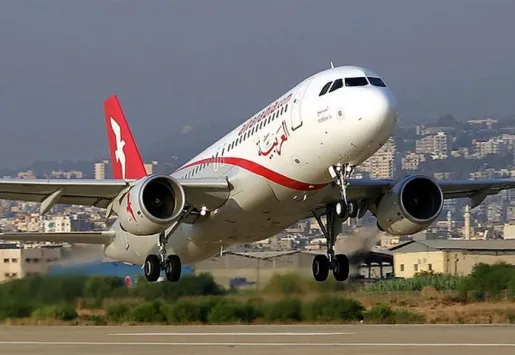
Economic factors in the Middle East are having a big impact on the way the region's airlines are looking at their prospects for 2014 – from prices to profits to passenger numbers. The International Air Transport Association will be keen to look at the positive aspects of their recent reports but there are also challenges to be addressed.
There may be predicted rises in profits and passengers but there are potential problems with costs and global uncertainty.
Starting with the positive aspects of the reports, the facts and figures that the IATA are publicly celebrating, there is good news when it comes to passengers numbers and the profits that have been taken by these Middle Eastern airlines. Reports show that in 2013, 3.129 billion passengers travelled with the region's operators, with 16.5 million using the home of Etihad Airways, Abu Dhabi International; in 2014 this is forecasted to rise to a total of 3.3 billion with 18 million using this vital airport. Additionally, new airports like Hamad International in Qatara and Dubai's Al Maktoum International, which could not make a big impact on 2013 figures, should start to make their mark on the industry's regional fortunes.
As for the profits, the IATA's global outlook figures predict a rise on 2013's impressive figure of $1.6 billion up to $2.2 billion. While the growth of the airports will play its part, a lot appears to be riding on idea of regional hubs, with the IATA looking to build on these connections to make the most of promising regional markets, and there is also positive talk about the growing profit margins of cargo flights.
These economic factors and reports are a lot more complex than simple prospects for future profit and negatives factors that could have a detrimental effect on forecasts and fortunes cannot be ignored. The encouraging figures for passenger numbers inspire confidence but airlines also have to face the fact that air traffic congestion in the Gulf is an urgent problem; profits could rise but it should be remembered that the last IATA projections were re-evaluated and brought down by $200 million.
Four crucial factors that could hinder the growth and takings of these Middle Eastern Airlines are the high price of oil, new economic policies in India, Turkey and Indonesia, the fact that Venezuela are blocking airlines from repatriating around $3.7 billion and the current Ukrainian crisis. The combination of these changes and ongoing political instability mean that the Middle East has to carefully consider their position in some large markets and potentially suffer some big loses due to rising costs.
Good or bad, all of these economic factors are sure to make a big impression.
On one side of the coin you have the positive figures and goals that will spur the Middle Eastern aviation industry onto bigger and better things, all aided by the newer, advancing airports; on the other you have a series of variables with no fixed outcome that could cause some damage. Either way the industry seems prepared and there is no doubt that their 2014 fortunes will be firmly moulded by the regional economy.













